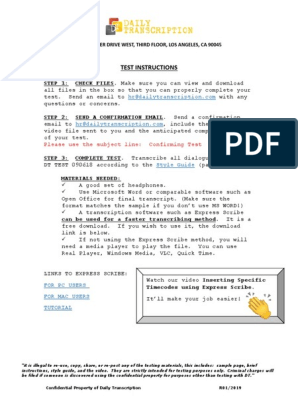0% found this document useful (0 votes)
67 views28 pagesImage Processing: Robotics Club Summer Camp'12
This document provides an introduction to image processing. It defines what an image is in terms of pixels and color values. It describes different types of images including binary, grayscale, and RGB images. It introduces OpenCV, an open source library for image processing. It explains how to load, display, manipulate and save images using OpenCV functions. It also discusses video capture and mouse pointer information in images. Finally, it provides examples of common image processing problems and questions.
Uploaded by
shivaragulCopyright
© © All Rights Reserved
We take content rights seriously. If you suspect this is your content, claim it here.
Available Formats
Download as PDF, TXT or read online on Scribd
0% found this document useful (0 votes)
67 views28 pagesImage Processing: Robotics Club Summer Camp'12
This document provides an introduction to image processing. It defines what an image is in terms of pixels and color values. It describes different types of images including binary, grayscale, and RGB images. It introduces OpenCV, an open source library for image processing. It explains how to load, display, manipulate and save images using OpenCV functions. It also discusses video capture and mouse pointer information in images. Finally, it provides examples of common image processing problems and questions.
Uploaded by
shivaragulCopyright
© © All Rights Reserved
We take content rights seriously. If you suspect this is your content, claim it here.
Available Formats
Download as PDF, TXT or read online on Scribd
/ 28










































































